The Germans are discussing postponing the phasing out of nuclear energy. In the twelve other EU countries that rely on nuclear power, such an exit is not an issue. An overview.
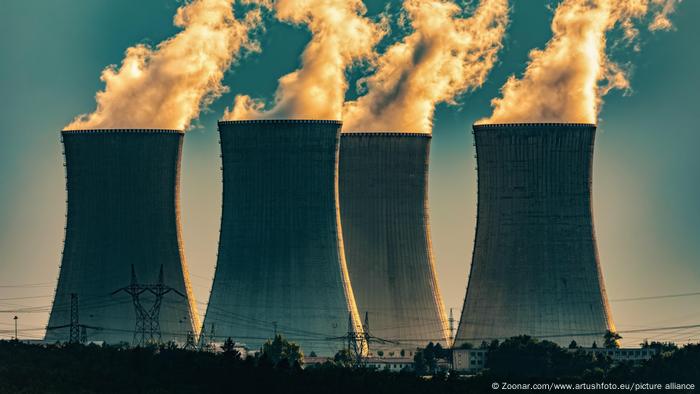
Dukovany Nuclear Power Plant in the Czech Republic: 13 countries in the EU use nuclear power
Against the background of the possible energy crisis in Germany, there will be heated arguments in winter about the last three nuclear power plants, which should actually go offline at the end of the year. Stretching operation for three months, extending the service life by years or even restarting nuclear reactors that have already been shut down as part of the nuclear phase-out? All options are discussed. This discussion is hardly understood in the neighboring countries, because 13 of the 27 EU countries use nuclear energy to varying degrees to produce electricity.
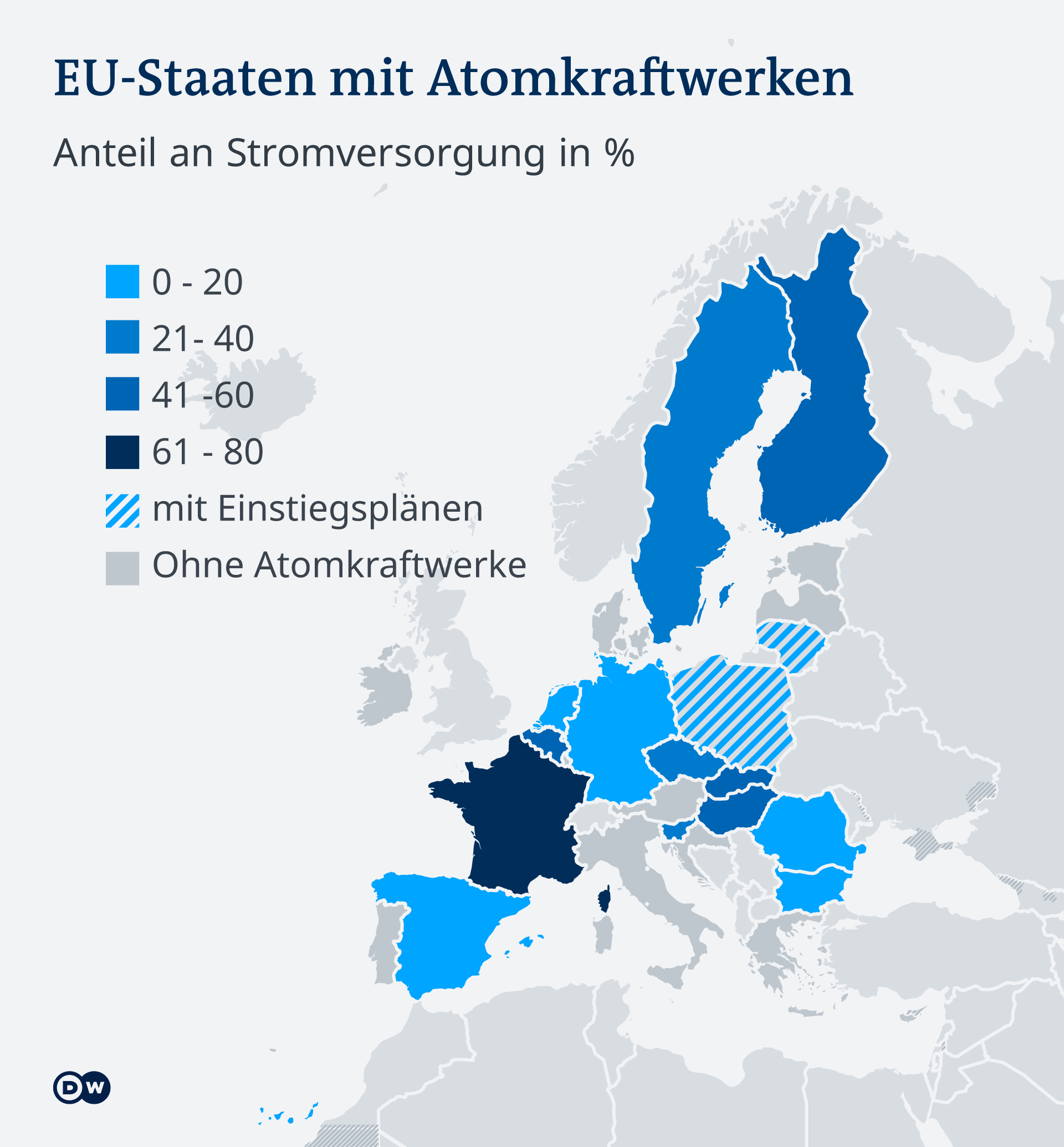
The only dropout: Germany
Nuclear power, no thank you! The red-green federal government implemented this demand in 1998. That was when the nuclear phase-out was decided for the first time. In 2009, the Christian Democrat-led government took it back and in 2010 extended the lifespan of the piles. After the devastating nuclear accident in Fukushima in 2011 came a change of heart. Chancellor Angela Merkel made sure that the nuclear phase-out was decided again. To date, 14 of 17 reactors have been closed. The three that are still running are scheduled to go offline at the end of 2022. Their power, currently a six percent share of the power supply, was to be temporarily replaced by gas power plants, which now seems impossible due to the Russian war.
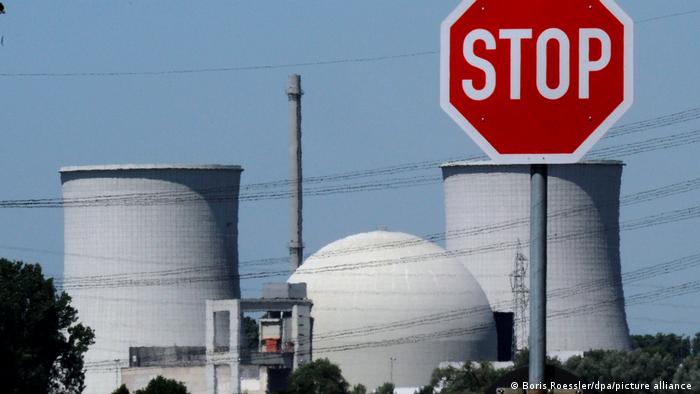
Former nuclear power plant Biblis in Germany: dismantling in progress since 2017
Exit on ice: Belgium
Belgium has put the planned exit on hold for ten years. In the spring, after Russia invaded Ukraine, the government in Brussels decided to postpone the planned phase-out of nuclear power from 2025 to 2035. Two of the seven reactors in operation are allowed to continue running until then. At the moment, Belgium generates half of its electricity from nuclear energy. Criticism of the safety standards of the systems has repeatedly come from Germany.
Beginners or returnees
Poland has not yet used nuclear energy, but wants to get involved. The first Polish reactor should be built by 2033. Companies from the USA, South Korea and France are applying for shares in the project. An originally planned cooperation with neighboring Lithuania was abandoned. The Polish government considers nuclear energy to be environmentally friendly and wants to reduce carbon emissions from burning coal.
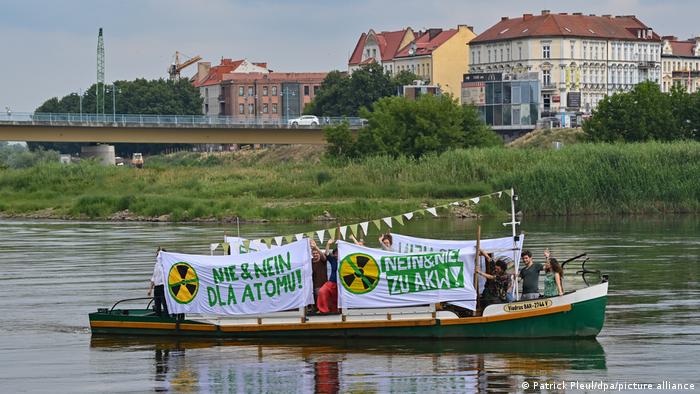
Protest against Polish nuclear power plant by German and Polish Greens on the Oder
Lithuania used nuclear power in the old Soviet Ignalina reactor until 2009. This had to be closed under pressure from the European Union due to safety concerns. The construction of a new power plant called Visagina was stopped in 2016 after a negative referendum. However, due to the decoupling of Russian energy supplies, the government is still planning to build new nuclear power plants.
Netherlands: The decision to phase out nuclear power in 2021 has been abandoned. Instead, the government advocates building two new kilns. So far, only one is running, covering around three percent of the Dutch electricity requirement.
Sweden: Six active nuclear power plants produce 40 percent of the electricity. Sweden had already decided in 1980 to phase out the use of nuclear energy as soon as the existing reactors could no longer be used economically. In 2010, however, the decision to phase out was lifted. Up to ten reactors may be operated. However, four older plants were taken off the grid. In principle, the government has spoken out in favor of reducing the share of nuclear energy in the energy mix, but without giving a specific date.
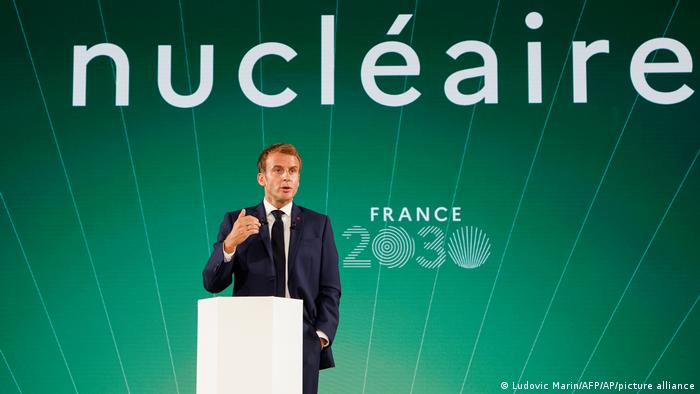
Leader: French President Macron wants to massively expand nuclear energy
Expansion in progress
Nuclear power, yes please! In Francethere is little doubt about the usefulness of nuclear energy. 56 reactors, many of which are currently being maintained, generate up to 70 percent of the electricity that the French also use for heating. France, as the largest electricity exporter in Europe, also supplies its nuclear power to Great Britain and Italy. A new reactor is currently being built. Six more are to be built. Options for eight additional reactors to replace old power plants are on the table. Originally, the French government had planned to reduce the share of nuclear energy to 50 percent by 2025. But this plan was already postponed by ten years in 2019.
Finland: The Finns are also expanding their nuclear power. Five reactors are running, and a sixth will finally be connected to the grid by the end of the year. Then 60 percent of Finland's electricity will come from nuclear fuel rods. The Russian company “Rosatom” was originally intended to build another power plant in Hanhikivi. But the contract was terminated by the Finns after the start of the war against Ukraine. In Finland, for the first time in the world, a nuclear repository is being built in which nuclear waste – albeit only from Finland – is to be stored for thousands of years.
< img src="https://static.dw.com/image/61108063_401.jpg" />
The new Finnish power plant Olkiluoto-3 will go online in 2022 after many delays
Hungary not only relies on Russia when it comes to gas, but also when it comes to nuclear energy, and thus makes no friends in the EU. The two new nuclear power plants, in addition to the four current reactors, are to be built by the Russian nuclear company “Rosatom”. The first phase of construction is scheduled to start in September. Hungarian Foreign Minister Peter Szijjártó was in Moscow in July to seal the deal once again. With the new reactors, Hungary wants to increase the share of nuclear energy in power generation from 50 to 60 percent.
Stable operation, vague expansion plans
Bulgaria: Two reactors currently produce 30 percent of the electricity required. Bulgaria plans to further develop nuclear energy. The construction of a reactor in Belene by Russian companies was canceled in the spring. Bulgaria is now relying more on smaller reactors that could be used decentrally.
Czech Republic takes a positive view of nuclear power. Germany's eastern neighbor generates around 30 percent of electrical energy with six reactors. Further expansion is planned by 2040 to reduce carbon dioxide emissions from gas and coal-fired power plants.
Romania: Two nuclear power plants are in operation. The government intends to expand the use of nuclear energy. However, the plans are not very concrete yet. Currently, 15 to 20 percent of Romania's electricity comes from nuclear power plants.
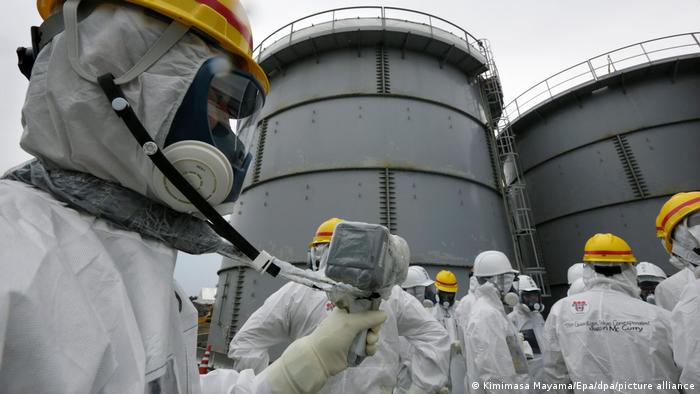
Clean-up work in Japan: The nuclear meltdown in Fukushima only led to a rethink in Germany (archive 2013)
Slovakia: Four reactors cover around half of the power consumption. There is broad government support for the use of nuclear power. The fuel rods, which are supplied from Russia, are to be replaced at some point by their own uranium mining. Slovakia is also planning a spent fuel processing plant, but not a nuclear waste disposal facility, only an interim storage facility.
Slovenia operates together with neighboring Croatia a nuclear reactor. 36 percent of the electricity requirement is generated here. Part of the energy is exported to Croatia. The construction of a second reactor is being considered. The construction of an interim storage facility for nuclear waste is planned near the reactor.
Spain: Around a quarter of the electricity in Spain comes from seven nuclear power plants. The further course depends on the respective government. In the past, socialist governments tended to limit its use. Conservatives are more likely to expand. At the moment the decision is as follows: no new construction, but renovation of the existing facilities. The licenses to operate the piles expire in the years 2027 to 2035. Three older reactors have been shut down in recent years. An exploitation of Spain's own uranium deposits is being examined.
In the European Union, the member states can decide for themselves which mix in energy production they use to achieve the specified climate protection goals by 2050. The use of nuclear energy is considered sustainable. Calculated for the entire EU, 25 percent of the electricity currently comes from nuclear power plants.